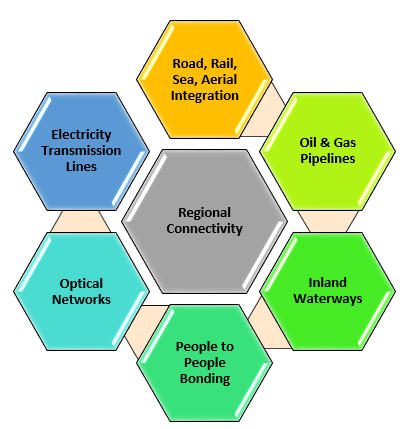Introduction:
Pakistan has nature’s unique advantage due to it’s geo-strategically coordinates among top emerging eastern economies including China, India and other South Asian countries. World has experienced multiple regional integration models like EU, ASEAN, SAARC and BRICS. But these are all facing a lot of challenge. Major root-cause being exclusive growth of regional countries. Based on such experiences, President Xi initiated a new model of regional integration “Belt and Road Initiative (BRI)” and made connectivity agreements with 65 regional countries for infrastructural development worth 900 billion USDs.
Under BRI model China is going to connect South Asia, South East Asia, Africa, Europe, Central Asia, Russia and Middle East Asia with six major economic corridors and “China Pakistan Economic Corridor (CPEC)” has been declared a flagship corridor of BRI due to its geo-strategic positioning. Regional Integration became a necessary seed in the field of economic prosperity by boosting connectivity through internal and external linkages. Under this model eastern emerging economies will be interlinked with each other through diverse modes: roads, rails, energy lines, communication networks, dry ports, sea ports, aerial and people to people.
Framework:

Research Goals:
Our research focuses on CPEC infrastructure towards improvement of connectivity chains, analysis of the alternative optimal routes for regional connectivity through Gwadar Port and exploring the feasible connections among Central Asia, China, South Asia, Middle East, Africa and Europe.
Key Research Areas/Topics:
- Estimation of freight flows through CPEC land routes in short, medium and long term
- Freight and passenger flows bottlenecks identification for infrastructure enhancement
- Examine the Chinese GVC’s and highlighting the ways for Pakistan for Integration

 中文
中文 Urdu
Urdu












